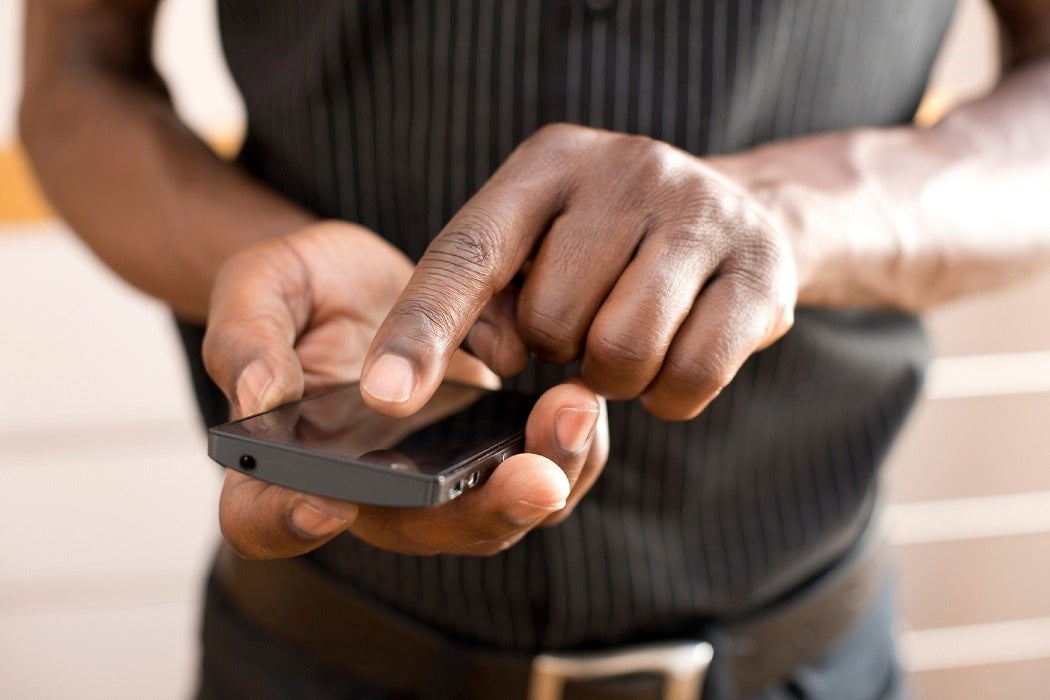U.S. journalists have leapt on Apple’s announcement of its new digital wallet, Apple Pay, as the signal that wallets are on the way out. Soon, Americans will pay for their purchases by waving their phones as they roll through a McDonald’s drive-through or check out at the local drug store.
But the revolutionary ability to use cell phones for major financial transactions is old news to many people in African countries. In a paper published last year in Brookings Papers on Economic Activity, World Bank researchers Asli Demirgüç-Kunt and Leora Klapper found that 68 percent of Kenyan adults surveyed had used a mobile phone to send or receive money over the past year. For sub-Saharan Africa overall, 16 percent of respondents had used mobile money, much more than the 5 percent average for all other regions.
Mobile banking with services like Kenya’s M-Pesa “has allowed people who are otherwise excluded from the formal financial system to perform financial transactions in a relatively cheap, secure, and reliable manner,” the authors write.
Cell phones have transformed the economic lives of people in Africa in all sorts of ways, Jenny C. Aker and Isaac M. Mbiti wrote in The Journal of Economic Perspectives in 2010. Coverage has leapfrogged landlines, bringing both basic communication and the latest technological advances to small villages at the same time. Between 2000 and 2008, the number of mobile phone subscriptions in sub-Saharan African jumped from 16 million to 376 million, a number equivalent to a third of the region’s population. After an initial wave of adoption driven by young, wealthy, urban men, the use of the devices has grown to include many poor and rural Africans.
Urban, wealthier Africans who already use banks are more likely to adopt mobile payment systems, Aker and Mbiti write, but those without access to the formal financial system also use them to store savings and as a relatively cheap, secure way to transfer money. Aker and Mbiti also note other uses of mobile phones in Africa, from hotlines for parents concerned about a child’s health to text messaging services that provide farmers with commodity price data.
In the U.S., where even the smallest towns have corner stores with ATMs, Apple Pay won’t have the radical impact that M-Pesa has had in Kenya. But the example of sub-Saharan Africa suggests the ways that mobile technology might eventually be able to displace developed nations’ complex physical infrastructure for finance and communication.







